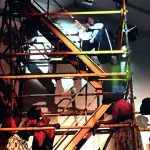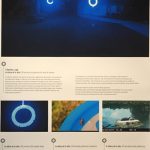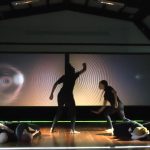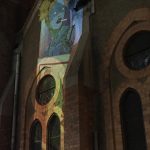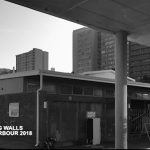ISEA2018 Art Event Overview
ISEA2018: [Overview] [Venues] [Presentations] [Workshops] [Art Events] [Gallery]
-
Art Exhibitions:
-
Durban Art Gallery
-
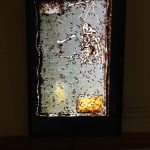 Feast or Famine
Feast or Famine
[Lace] [Mahlangu] [Bongwana]
(Art Exhibition) (Sound Art) (Video / Animation Installation)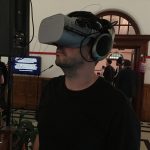 Parragirls Past, Present
Parragirls Past, Present
[Djuric] [Nicholas] [Hayes] [Bennett] [Hibberd] [Paskovski] [Davies] [Kuchelmeister]
(Art Exhibition) (AR / VR / XR)
Unplugged: Works from the Durban Art Gallery Collection
Curator(s)/Director(s)/Producer(s):
-
-
This is neither the reaction to nor the antidote for Electronic Art – it is reverence shown to its ancestors. In the beginning… was simpler stuff, like clay or wood or grass fashioned into vessels or rattan; all sturdy things that initially served a practical purpose, like clay to contain beer, or rope to tether an animal . But then some visionary said “This piece of pottery reminds me of a vessel to contain the universe”, and so, through the metaphor, craft elbowed its way into art. Of course once the genie was out the bottle it was open season: another bright spark said “If I can dream about assembling events in my mind, instead of representing them just as words on a page or marks on a canvas I can scramble them up in a cipher, a number soup that can be sent across the solar system to a satellite or just down the road if I want.”
ISEA is about electronic art and the enormous power it wields. But this part of the exhibition is about an exploration of the roots of an artform that will eventually outgrow the title Electronic Art to become the datum. Returning to the prototypes, the thing on which ideas were hung: the subjects in this part of the exhibition ... [Read more]
- Other Realities sub-programme Johannesburg-based visual artists were invited by animateur of the Centre for the Less Good Idea, Bronwyn Lace and founder William Kentridge to develop sculptural drawings using Tiltbrush, a room-scale 3D painting virtual reality application developed and published by Google and loaned to the Centre by Dondoo Studios and Clearwater South Africa. Creative technologists Rick Treweek and Gareth Steele from AltReality and Divesh Naidoo and James Gaydon of Dondoo Studios worked closely with some of South Africa’s most celebrated visual artists to create the augmented and virtual reality sculptural drawings featured in the Invisible Exhibition. [Read more]
-
Fracture Zone conjures artists from Brazil and South Africa to dialogue as duos over shared subjects.The exhibition is part of the project Conversations in Gondwana, that evokes the common genealogies between Africa and South America as it seeks to instigate a virtual and at times physical correspondence among artists in order to experience perspectives, poetics, aesthetics and common or dissonant processes that will eventually trigger a series of events, works and conversations on both sides of the tectonic plates.
Post-colonial displacements, enlaced hidden histories, decolonial imaginaries, the friction between human and natural processes through abusive resource exploitation, representations of symbolic cultural expressions, urban dynamics of exclusion, political and social reflections are some of the themes present at the exhibition. Documenting a dialogue in process, we evidence some common fractures, affects, languages, epistemologies, from both sides of this geological accident.
[Read more] -
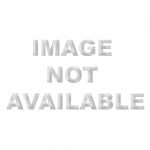 DNA Pod
DNA Pod
[Lace] [Bongwana]
(Art Exhibition) (Projection / Video Mapping) (Performances) (Performance Art) -
The People’s Smart Sculpture (PS2) is a creative research, art and innovation project about the cultural evolution of future European smart cities. PS2 was invited by ISEA2018 Durban, South Africa, to implement more than 15 conference talks, 10 workshops and 11 digital art activities in context of the people´s participation in their development of the urban sphere. The project aims to foster participative art and collaborative urban art & culture processes in Europe’s cross-cultural city spaces. The approach works on two levels: the implementation of cultural participation projects by artists, creatives and researchers; and the ongoing optimization of the art and participatory aspects of these projects through reflection and evaluation through participation in a workshop series. We integrate diverse groups of people into a practical dimension of re-design of the urban environment through the workshops. Coordinated by Martin Koplin. Art activities curated by Martin Koplin and Marcus Neustetter.
Supported by Xenorama, M2C Institute, Partnerschaft Bremen-Durban e.V., Creative Europe Programme of EU.
[Read more] - https://gaussinstitute.org/ps2/
-
 Mash Up!
Mash Up!
[Wojtunik] [Potthast] [Mkhize] [Jones] [Láng] [Gumede]
(Art Exhibition) (Projection / Video Mapping) States of Public Mind / Wireless Bi...
States of Public Mind / Wireless Bi...
[Siegert] [Skelton]
(Art Exhibition) (2D Art) (Public Event) (Participatory Art Event) (Public Ticketed Event) The Public Space As Shared Museum
The Public Space As Shared Museum
[Wojtunik] [Potthast] [Mkhize] [Láng]
(Art Exhibition) (Projection / Video Mapping) Virtual Graffiti
Virtual Graffiti
[Geiger] [Druzetic]
(Art Exhibition) (2D Art) (Public Event) (Participatory Art Event) (Public Ticketed Event)
Kwazulu Natal Society of Arts Gallery
The Invisible Exhibition
Curator(s)/Director(s)/Producer(s):
DUT City Campus
Conversations in Gondwana: Fracture Zone
Curator(s)/Director(s)/Producer(s):
Denis Hurley Center
USHAKA / Nat Sci Center / Marine World
PS2Lab @ISEA2018
Curator(s)/Director(s)/Producer(s):
Website:
-
Screenings:
-
ISEA Screenings
-
 Ancient Journeys: Waters of the Pas...
Ancient Journeys: Waters of the Pas...
[Jordan] [Benson]
(Art Exhibition) (Installation Art) (Screening) (Video Art)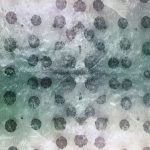 Entangled Landing Points
Entangled Landing Points
[Campos]
(Art Exhibition) (Video / Animation Installation) (Screening) (Video Art)
Artists in Labs Film Program
-
Concerts & Performances:
-
Concerts and Sound Events
Performances
Public Events:
 Architectural Light
Architectural Light
[iGuzzini Illuminazione]
(Art Exhibition) (Sculptural Objects) (Public Event) (Public Ticketed Event)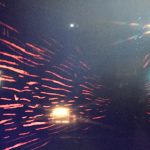 ComposingYou_Chinatown
ComposingYou_Chinatown
[Jheung]
(Art Exhibition) (Conceptual Art) (Projection / Video Mapping) (Public Event) (Public Ticketed Event)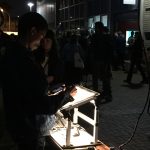 Digital Calligraffiti
Digital Calligraffiti
[Ang]
(Art Exhibition) (2D Art) (Projection / Video Mapping) (Public Event) (Public Ticketed Event) Entrancer: Be Sicklecell Be a Hero
Entrancer: Be Sicklecell Be a Hero
[Valente] [Rocha] [Ribeiro]
(Art Exhibition) (Sculptural Objects) (AR / VR / XR) (Video / Animation Installation) (Public Event) (Public Ticketed Event)

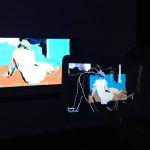
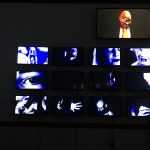
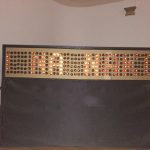
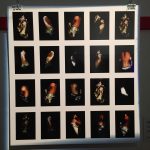
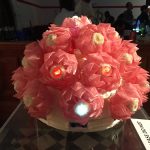
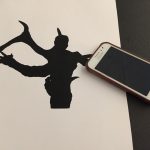
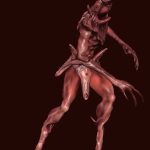
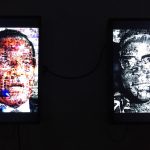
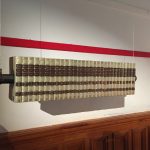
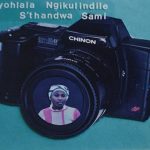
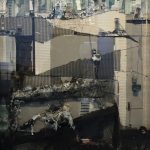
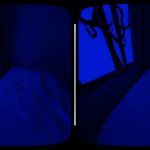
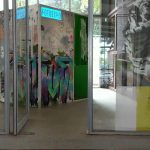

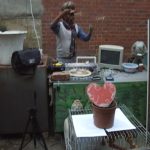
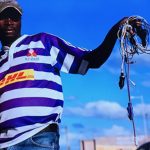
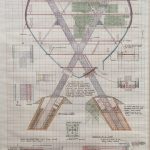
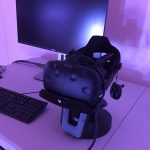
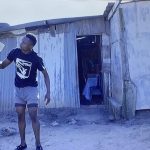
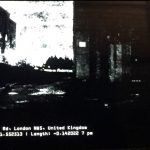

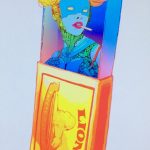
![The [ECO]Nomic Revolution: When Microbiological Logic Determines Everything](https://isea-archives.siggraph.org/wp-content/uploads/2021/04/2018_Baio_Solomon_The_ECONomic_Revolution3-150x150.jpg)

